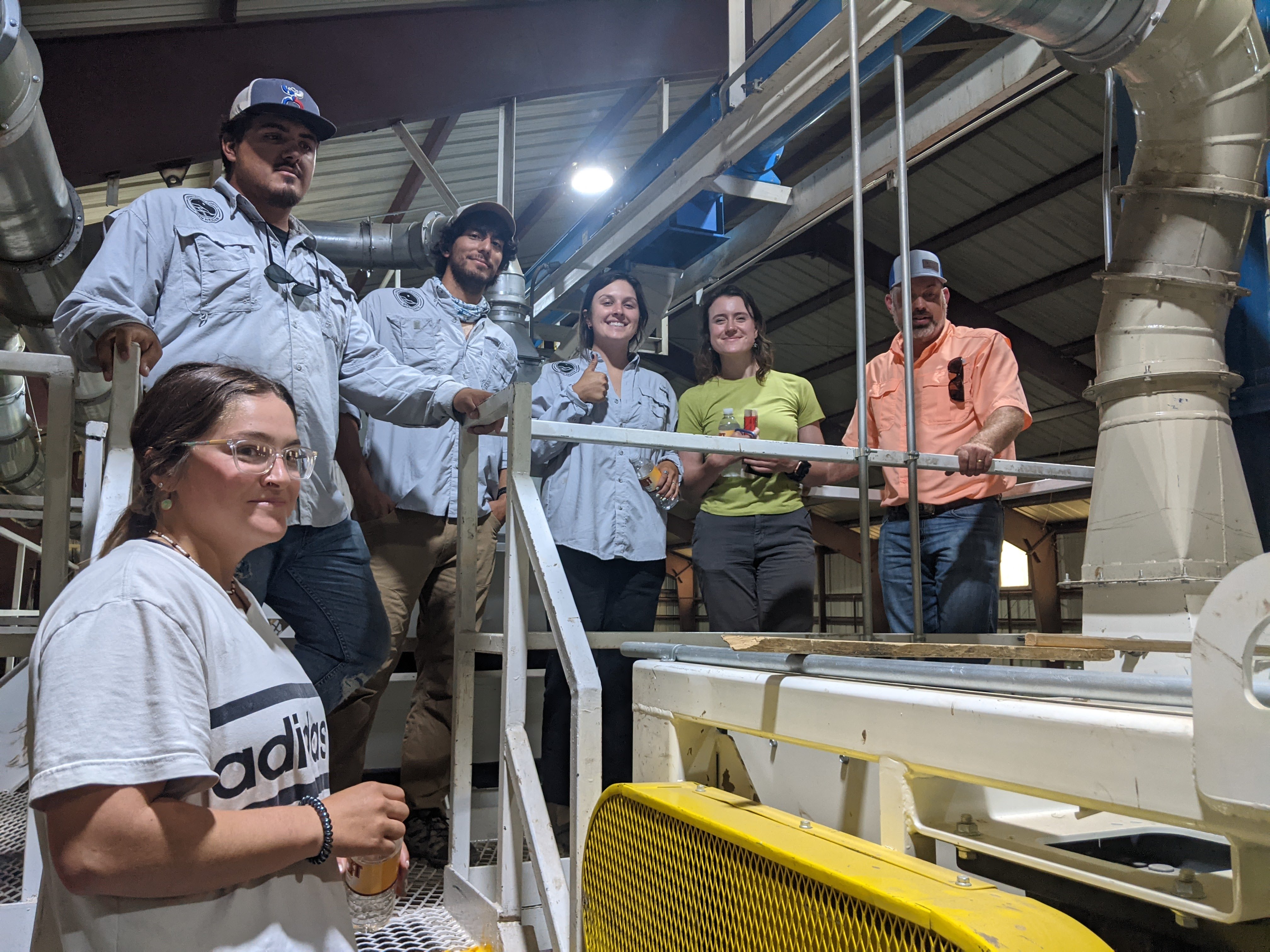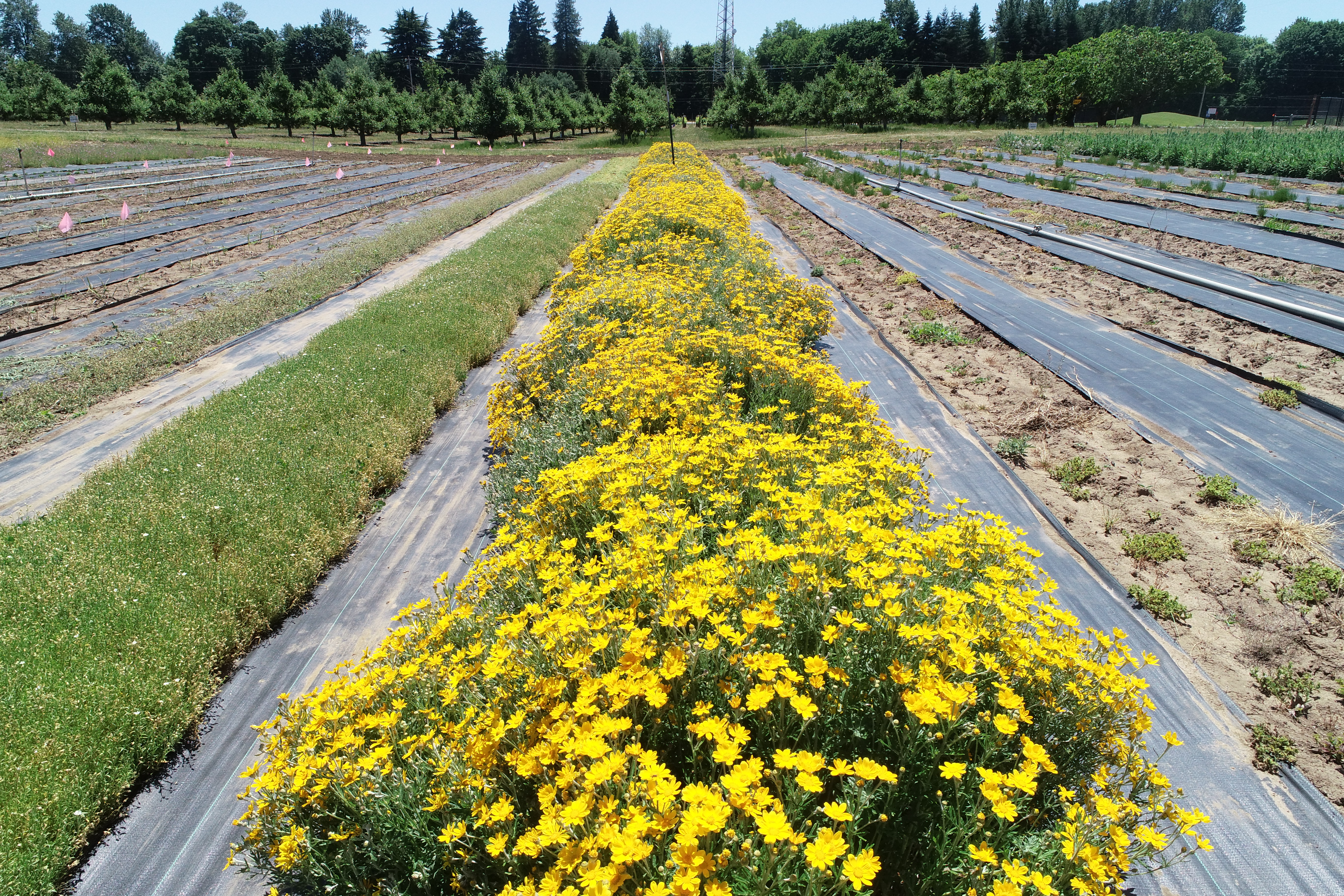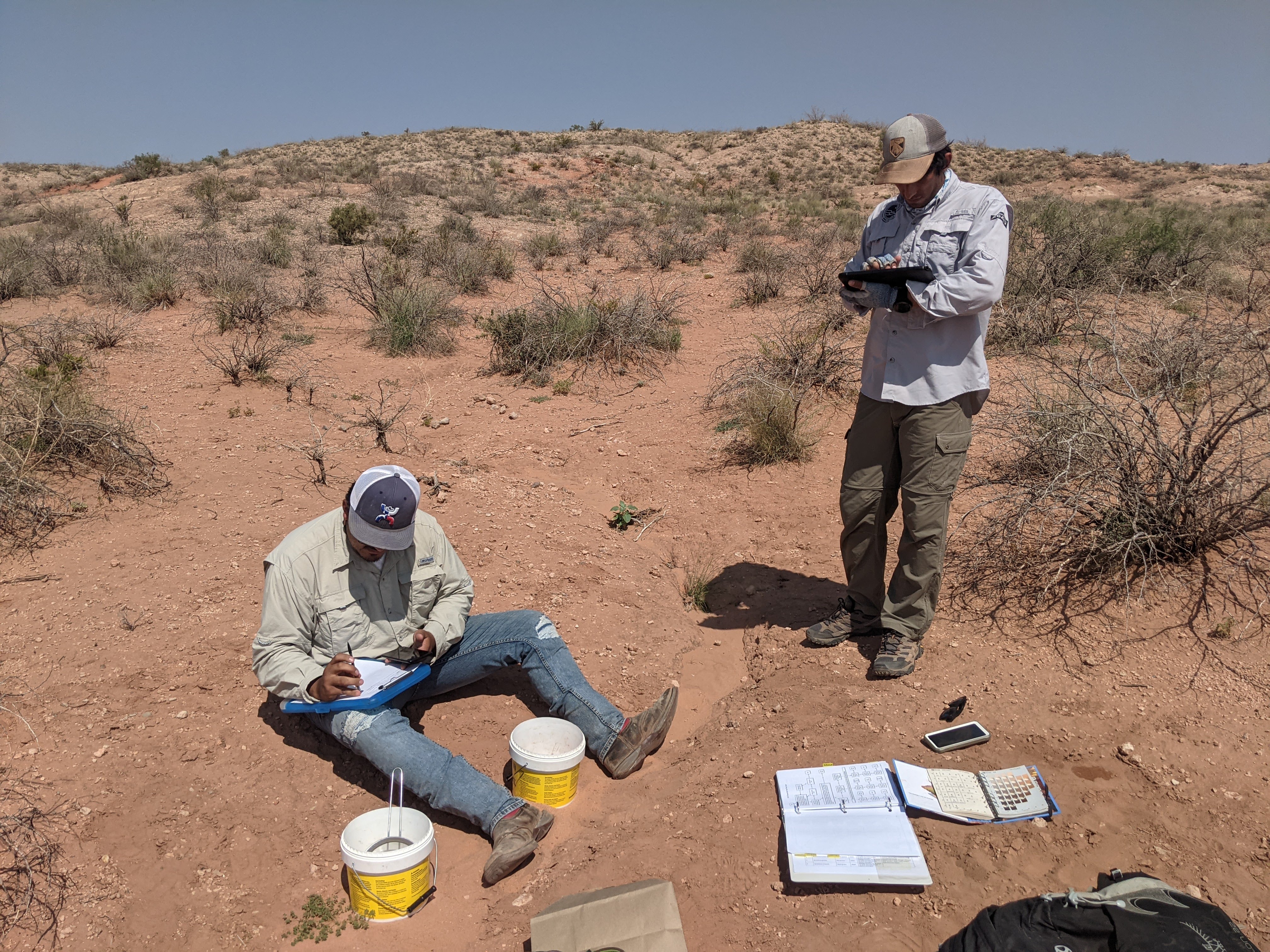
Native Seed Partnerships: Five Things to Know
December 2021
We caught up with the ecologists hosting the 2022 Virtual Native Seed Partnerships Conference titled Bridging the Gap: Connecting Native Plant Materials Development with Successful Habitat Restoration. They collectively answered our questions about seed partnerships. For more information on the upcoming conference and to register, click here.
1. Why do we have seed partnerships?
Successful habitat restoration depends, in part, on an adequate supply of native plant materials. Planting a diversity of native species provides ecosystem services for pollinators, wildlife, and people, as well as increasing ecosystem resilience in the face of climate change and invasive species. Lack of quantity and quality of native plant materials, both seeds and nursery stock, has significantly hindered landscape recovery efforts. Plant materials development efforts are often encumbered more by economic and institutional inefficiencies than by biological constraints as agencies and organizations work independently to meet their respective restoration needs. A collaborative approach reduces duplication, communicates collective needs to producers, establishes regional standards for seed quality, and leads to economies of scale.
Seed partnerships provide a venue for committed partners to share resources, knowledge, and capacity. Conducting seed needs assessments across seed users in regional partnerships provides the building blocks for strategic planning of collection and grow out efforts and has the potential to influence the species and sources that become commercially available as growers respond to demand. Seed partnerships also provide a mechanism to trial new species and sources of seed in production, facilitating their entry into commercial marketplaces, thereby filling gaps in the market. They can provide funding, training, and other support to new native seed farmers.
Seed partnerships are designed to increase the availability and diversity of ecologically appropriate native seed while facilitating regional native seed industries, with the ultimate goal of improving restoration success.
Stakeholder partners of seed partnerships typically include federal agencies (Bureau of Land Management, US Forest Service, National Park Service, US Fish and Wildlife Service, US Geological Survey, Army Corps of Engineers, and the Natural Resources Conservation Service), state agencies (State Departments of Transportation, Game and Fish, Forestry, and Parks and Recreation), local agencies (municipalities, County Open Space, Soil and Water Conservation Districts, Extension Service), tribal entities, native plant materials producers (both native seed farmers and nurseries), prison nursery programs, and non-government organizations (land trusts, conservation organizations, watershed councils, seed certification services, universities, botanical gardens, arboretums, and restoration contractors).
A new seed partnership can get off the ground in one year with a modest amount of funding to bring partners together, decide on a partnership model, conduct needs assessments, and secure funding needed for the next phases of seed collection and production. The seed collection phase typically requires a minimum of 2 years per species/seed zone to capture sufficient genetic diversity in each wild collection and obtain enough seeds to start a production field. The larger the field, the more seeds that are needed, which usually means more years of collecting from the wild. Moving into the production phase, annuals have the potential to yield a meaningful harvest after just one year, while perennials usually require 3 years to reach maximum yield, and that is assuming everything goes smoothly with the production effort. If species have never been grown before, it may take a couple of attempts to get it right.
From the point of inception to first meaningful harvest can take 5 to 10 years depending on grower experience, acres in production, and number of species under contract. For example, the Willamette Valley Native Plant Partnership (WVNPP) was formally established in 2012 and production fields were yielding crops within two years of establishment. This partnership then developed a business model that made it possible to sell locally sourced, diverse seed to partners for the first time five years later in 2016. The Southwest Seed Partnership (SWSP) was initiated in 2015 and began with wild collecting seed in 2016. The SWSP was fortunate to be able to establish its first production fields the next year (in 2017); however, the first meaningful harvest for this partnership wasn’t until 2019. Each year, both partnerships expand the number of species and acres in production.
If seed zone research is incomplete or if a partnership lacks infrastructure (to harvest, clean, track, and store seeds), this can slow down the plant materials development process. And it is important to keep in mind that when a partnership is larger in scope and scale (covering multiple seed zones or multiple states), reaching a sufficient quantity and diversity of native seed to meet all regional restoration needs can be very long term (15-30 years).
Plant material partnerships support a cohesive regional effort to conserve and restore increasingly rare habitats such as wetlands, oak savanna, and upland prairies, as well as dryland and forest habitats in the Southwest particularly threatened by climate change. Seed partnerships increase the quality and quantity of plant materials available to land managers and restoration practitioners. They increase the potential for greater levels of genetic diversity in native seed available commercially, which increases adaptive capabilities that could be crucial in preparing for and mitigating for climate change.
4. What changes in production can happen as a result of seed partnerships?
Seed partnerships can facilitate production of species that aren’t yet available in commercial markets or need more time to research best production methods for species that have been challenging to produce in the past. These partnerships build funding resources to grow native species, supporting experienced and new native seed producers through funding and by sharing best practices from research and development. Partnerships work continuously to increase the diversity of species and sources and improve the appropriateness of materials available for restoration in different habitats.
5. How do I get involved?
There are a variety of ways to get involved in seed partnerships depending on your region. For the two Northwest partnerships coordinated by IAE (WVNPP and the Coastal Native Seed Partnership), you must sign a Memorandum of Understanding to purchase seed. However, you can also sign up with your email to receive newsletters and partnership updates. You can attend annual general membership meetings. If you have land and farming experience, you could grow a native seed bed. For the SWSP, you are welcome to join us at our annual stakeholder meetings. You can also participate on subcommittees, receive newsletters, sign the SWSP Memorandum of Understanding to formalize your involvement or provide funding to the partnership to advance and expand native plant materials in NM and AZ. You can work with us directly on plant materials development directly by setting up a meeting to collaborate on a seed collection crew, research project, or seed production field. Or, if you want to get your hands dirty, you can receive training and volunteer to help us collect and clean seeds, outplant nursery stock, and help maintain farm and research fields.
Restoration
Research
Education
Contact
Main Office:
4950 SW Hout Street
Corvallis, OR 97333-9598
541-753-3099
info@appliedeco.org
Southwest Office:
1202 Parkway Dr. Suite B
Santa Fe, NM 87507
(505) 490-4910
swprogram@appliedeco.org
© 2025 Institute for Applied Ecology | Privacy Policy





